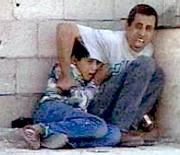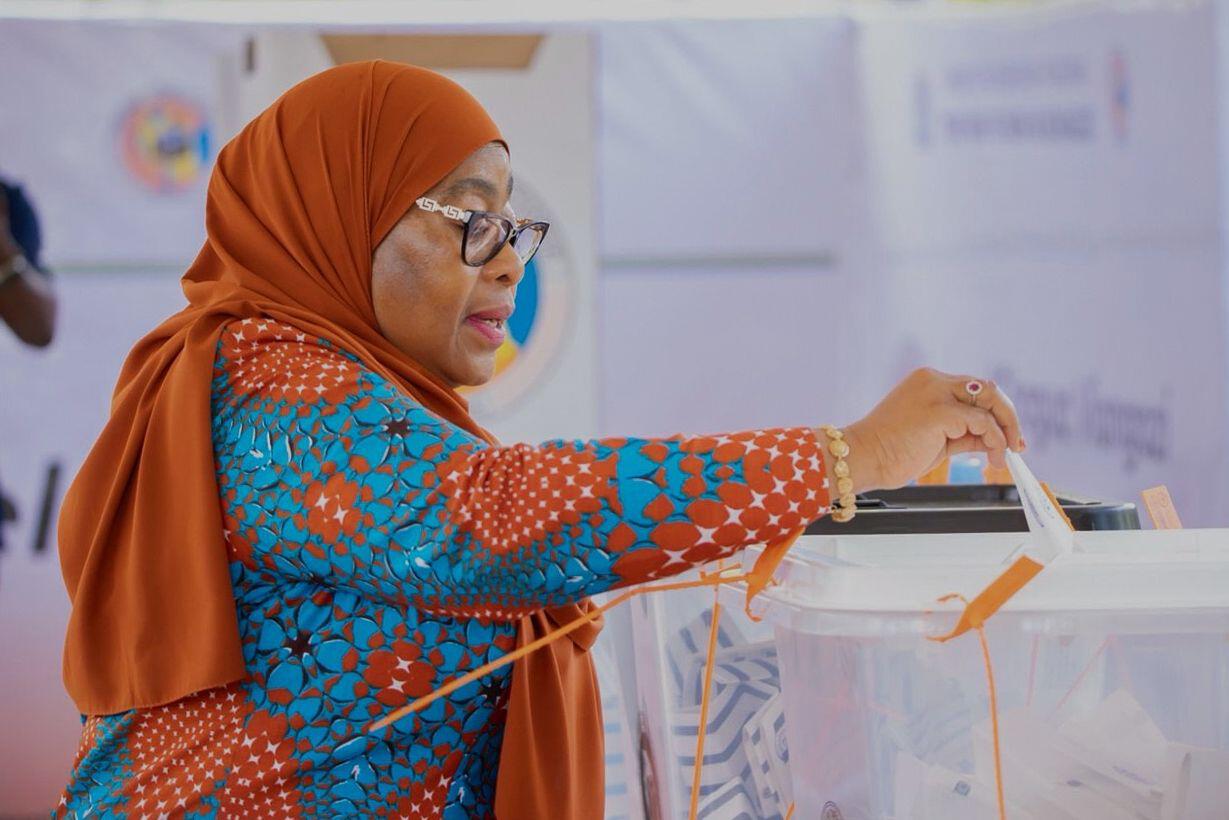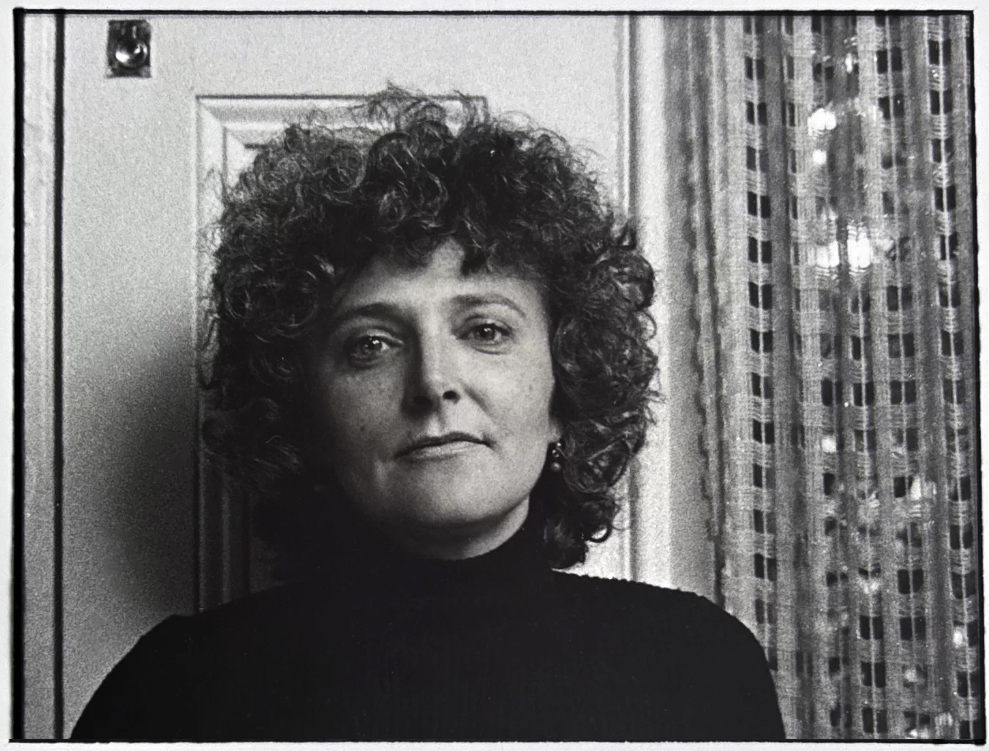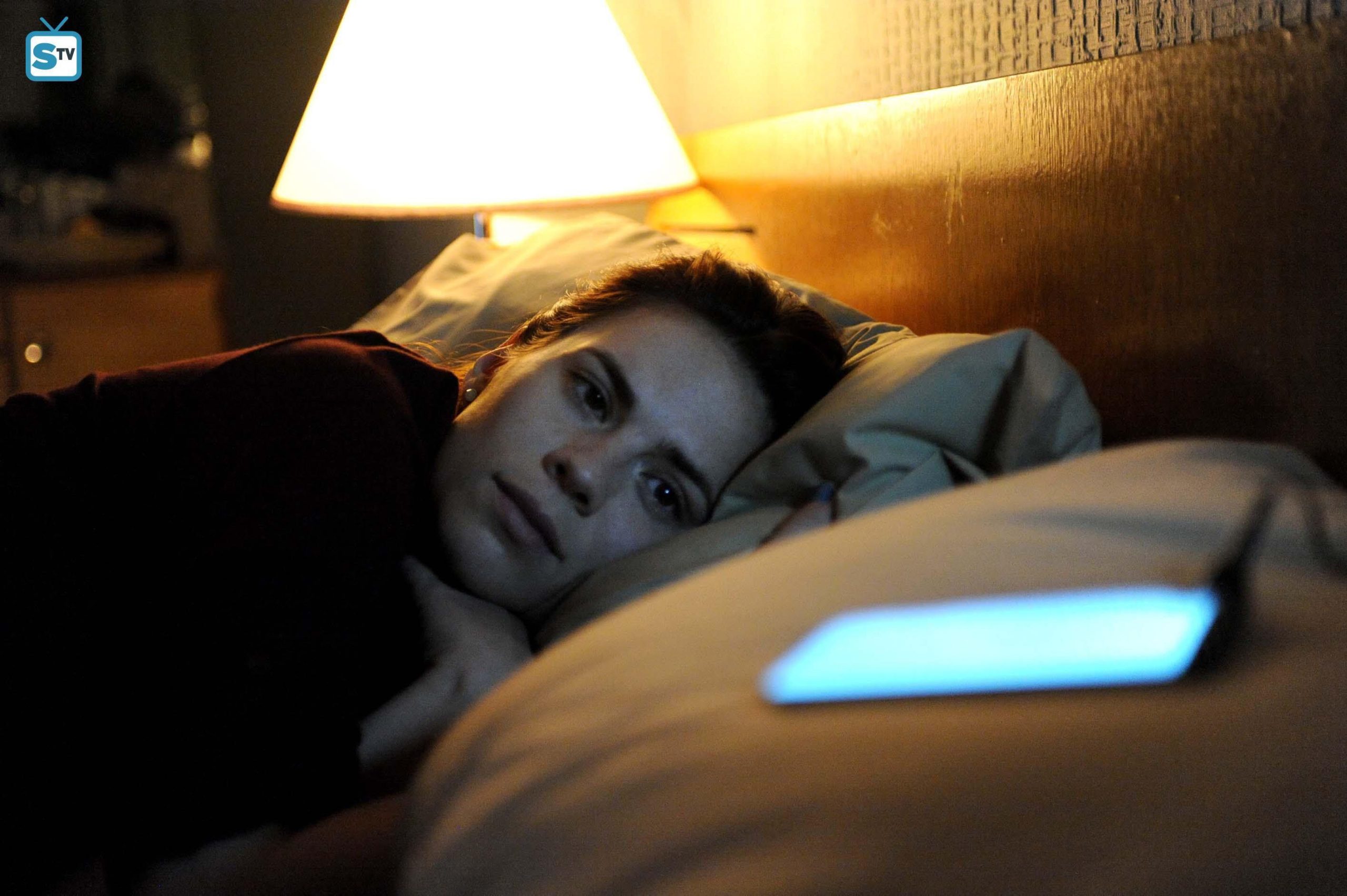
It was the most iconic image of the second intifada: the killing, on camera, of a Palestinian child caught up in the violence of September 2000. But a French libel case has raised questions about what happened that day in Gaza.
Natasha Lehrer reports
In a packed courtroom in Paris’s Palais de Justice last Wednesday, Charles Enderlin, veteran Jerusalem correspondent for the state-owned television channel France 2, presented 18 minutes of raw footage filmed at the Netzarim Junction in Gaza on 30 September 2000. The footage included 68 seconds of the final moments of Mohammed al Dura, the 12-year-old boy whose death in a barrage of Israeli gunfire was caught on film that day and broadcast around the world. The image became an iconic image of Israeli brutality and was the trigger for some of the worst violence ever seen in the Israeli-Palestinian conflict. These 68 seconds of footage form the pivotal evidence in the latest stage in a libel case brought by Enderlin and his employer against Philippe Karsenty, head of a small Internet current affairs watchdog called Media Ratings, who accuses Enderlin of having perpetrated a hoax and demands that he and Arlette Chabot, head of news at France 2, resign.
Karsenty bases his allegations on the work of a small, dedicated—some would say obsessive—group of Israeli, French and American bloggers and journalists who have been voicing serious doubts about the footage filmed that day by Talal Abu Rahma, a freelance Palestinian cameraman who has often worked for France 2. Enderlin himself was not in Gaza that day.
The principal objections to the footage focus on the fact that although Abu Rahma claimed under oath that the boy and his father were subjected to a 45-minute sustained attack from the Israeli position, there are only seven bullet holes in the wall. These bullet holes are perfectly round. According to ballistics experts, this is consistent with having been fired from straight ahead, whereas the Israeli position is to the extreme right of the father and son. Even if the Israelis had managed to hit them directly with bullets fired at an angle from a position over 100 metres away, the holes they would have made in the wall would have been noticeably distended.
The difficulty with unravelling this story is that it has, in the main, preoccupied people whose obsessions are at least in part political, leading to extravagant claims that serve only to undermine their arguments. Much of the evidence on both sides is little more than conjecture. But if one thing can be said about what was viewed in court last week, it is that it is impossible to verify the claim that al Dura was killed by an Israeli bullet from watching the footage alone. The only corroboration of the attack was made by the cameraman himself, whose sworn affidavit at the Palestinian Centre for Human Rights furnishes further essential details of what took place that day.
Enderlin and Abu Rahma have always claimed that what was broadcast on the evening of 30 September 2000 was significantly shorter than what was filmed earlier in the day. In his sworn affidavit, Abu Rahma said that he filmed 27 minutes of footage that day. He told Esther Schapira, the German filmmaker who made the 2002 documentary Three Bullets and a Dead Child: Who Shot Muhammad al Dura, that he filmed six consecutive minutes of the attack. In an interview in the French magazine Telerama in October 2000 Enderlin explained his decision not to include the footage of the actual death throes—“agonies”—of the child because they were so unbearable.
Why then, when the court ordered France 2 to release the raw footage to be shown in court (on a DVD made in the presence of a bailiff in the offices of France 2 from the original tape) did we see footage that was only 18 minutes long? Why, in the course of that 18 minutes did we see only 68 seconds of non-consecutive footage rather than six consecutive minutes of Jamal and Mohammed al Dura? Where are the death throes that Enderlin described so eloquently? In fact, there is nothing in the tape that definitively shows that the child is dead. The first 17 minutes of the video are taken up with scenes of young Palestinian children and youths apparently staging riots, playing at being shot, getting up again and smoking cigarettes nonchalantly. For 16 minutes (Enderlin told the courtroom) only rubber bullets were fired; the real bullets that are fired in the 16th minute were, according to Enderlin’s commentary in court, from the Palestinian position. At no point in the footage do we see gunfire coming from the Israeli position.
Enderlin’s commentary in court contradicted earlier claims he has made about the raw footage. Last Tuesday, he told the BBC that “nothing is staged. Footage of the same events filmed by other news organisations confirms this”. In court he explained why there is in fact no other footage of Mohammed’s death: “All the other cameramen ran away in fear”. In a galvanising moment in court, Guillaume Weill-Raynal, a lawyer (though not working on the case) and friend of Enderlin, gestured to the judge to pause the playing of the footage to show how Mohammed’s foot in one of the penultimate frames is positioned in such a way that shows that he must be dead. Experts, explained Weill-Raynal, have verified that it is impossible for a living person to lie with his foot in such a position; the child is clearly dead at that point in the footage. The judge gestured for the showing of the footage to continue. Within a couple of frames everyone in the courtroom saw the “dead” child raise his arm and leg to peer out in the direction of the gunfire. The irony of his resurrection at that point was lost on nobody.
Does it matter if the child did or did not die that day from an Israeli bullet? For Enderlin, in the end, it clearly doesn’t; in a January 2005 article in the Figaro written by two veteran French journalists who expressed severe reservations about the veracity of the footage, Enderlin responded that “the image corresponded to the reality of the situation, not only in Gaza but also in the West Bank”. In other words, its symbolic importance is much more important than its factual truth. This is undeniably true, given the uses to which the image of al Dura has been put over the last seven years. With his death Mohammed became “the first child martyr of the Intifada”. He was eulogised by the Palestinian poet Mahmoud Darwish. All over the Arab world streets were renamed in Mohammed’s honour and stamps with his picture were issued. Appalling acts of violence were perpetrated in his name. Less than a fortnight after his murder two Israeli soldiers were lynched in Ramallah. Osama bin Laden name-checked the child after 9/11. His picture can be seen in the videotape of Daniel Pearl’s beheading. Both in the west and in the Arab world there are many who even go so far as to claim that Mohammed’s death changed the course of 21st century history.
Given the significance of the footage it is striking that the case hasn’t exactly galvanised the French media. Though it has been reported in the American and Israeli press, and last week appeared on the websites of both the BBC and al Jazeera, the French media have all but ignored it, with the exception of the 2005 article in the Figaro, a brief mention on France 24’s website and some coverage in the Jewish press. Enderlin’s close relationship to former President Chirac was underlined when during the first round of the libel case last year—which he won—the journalist’s lawyer produced a letter from the then president attesting to Enderlin’s integrity. It is perhaps no coincidence that it is only now with Sarkozy in power that the appeal court finally ordered France 2 to release the footage for it to be shown in open court.
It is undoubtedly true that l’affaire Enderlin raises uncomfortable questions regarding the independence of the French media from its government. Questions must inevitably be asked about the ethical standards, transparency and self-regulation of France 2 in particular and the French media in general, which has shown next to no interest in an affair that not only exposes a rotten core at the heart of the country’s public information network but is a salutary reminder that we ignore the importance of maintaining the highest level of journalistic integrity at our peril. Lives depend on it.




